The New Knife Checklist: 6 Things You Should Do
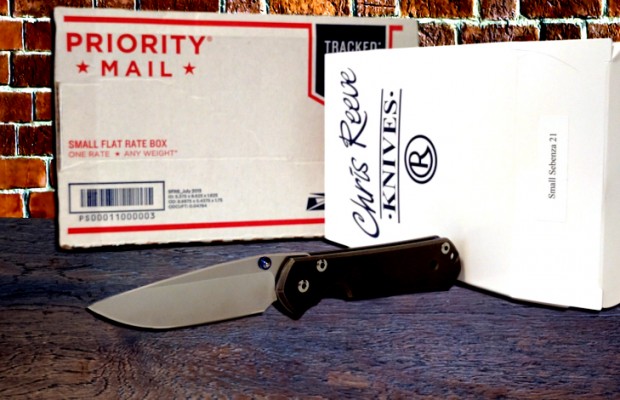
Getting a new blade never gets old. Whether you’ve just obtained your first knife, or you’re adding no. 100 to your collection, here are six to-dos to make the most out of your next New Knife Day.
Inspect it
Give your new knife a good, thorough once-over. Even the best manufacturers put out a few lemons, and if you’re getting the knife secondhand you may spot issues you weren’t told about or didn’t notice in the pics. A little lock stick or blade play are often manageable (see below), but make sure there are no fatal flaws: a chipped edge, a blade so off-center it’s touching the scales, loose or stripped hardware. If major issues are present, it’s best to put the knife aside and get in touch with the seller right away.
Catch & Release? Make the Decision
Is the knife what you expected? Is this a knife you’re really going to carry and use? Is it too big, small, wide, or heavy? Does it feel right in your hand? Are you experiencing any post-purchase regret? Knife forums and social media make it fast and easy to resell the knife, but to maximize the value you should decide if you really want to keep it before starting to break it in.
Break it in
Stiffness and stickiness are normal for a brand new knife. Like a baseball glove, it’s going to take some working in. Open and close your new blade over and over again to let all the mechanical parts start to operate together. You should notice improvement in the action within a day or two and after about a week the knife should work as it was designed to.
Go Easy on the Oil
We’ve all been told that lubrication will make a knife work better, but oiling a new knife can be detrimental. Most knives come pre-lubricated and too much oil can actually impede the break-in process. So do your pivot a favor and resist the temptation to get out the Nano Oil on day one.
Tweak It
Two areas to pay special attention to, especially after initial break-in, are the pivot and the lock. An off-center blade or a little blade play indicate a pivot that needs tuning. Adjust the pivot to a point where you are happy with the action and there is still no blade play. As for lock stick, the simple ‘pencil trick’ should suffice: just take a pencil and scribble on the lock interface of the tang. Graphite is a mild lubricant, and it will help the lock operate more smoothly. Reapply as necessary until it’s no longer an issue.
> > Keep your folders awesome. Grab a Pack of 5 Microfiber Blade Sleeves for $8.99 < <
Keep the Box and Paperwork
This may seem like a no-brainer, but for a lot of people the temptation might be to chuck the box and paperwork once you’ve got the knife in hand. Don’t do it. Not only does the paperwork contain important warranty information, but should you decide to part with your latest acquisition in the future, without the original packaging you’re going to have to discount the price of the knife. Find a good place to store the paraphernalia instead of pitching it.
Knife featured in image: Chris Reeve Small Sebenza 21


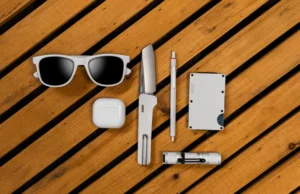
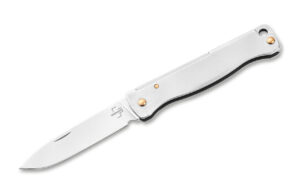
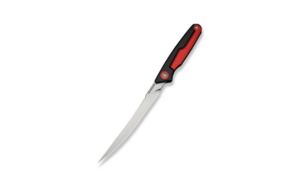
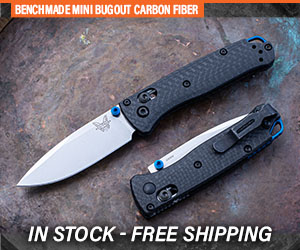





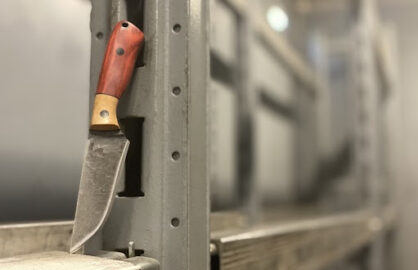


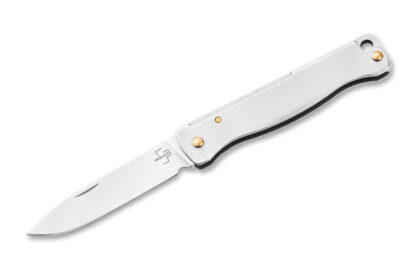
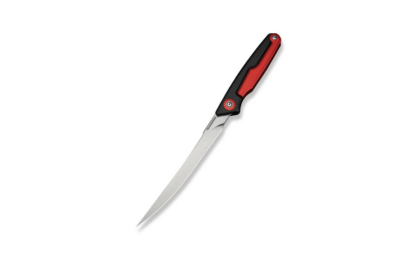

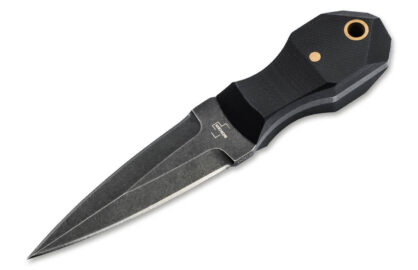



0 comments